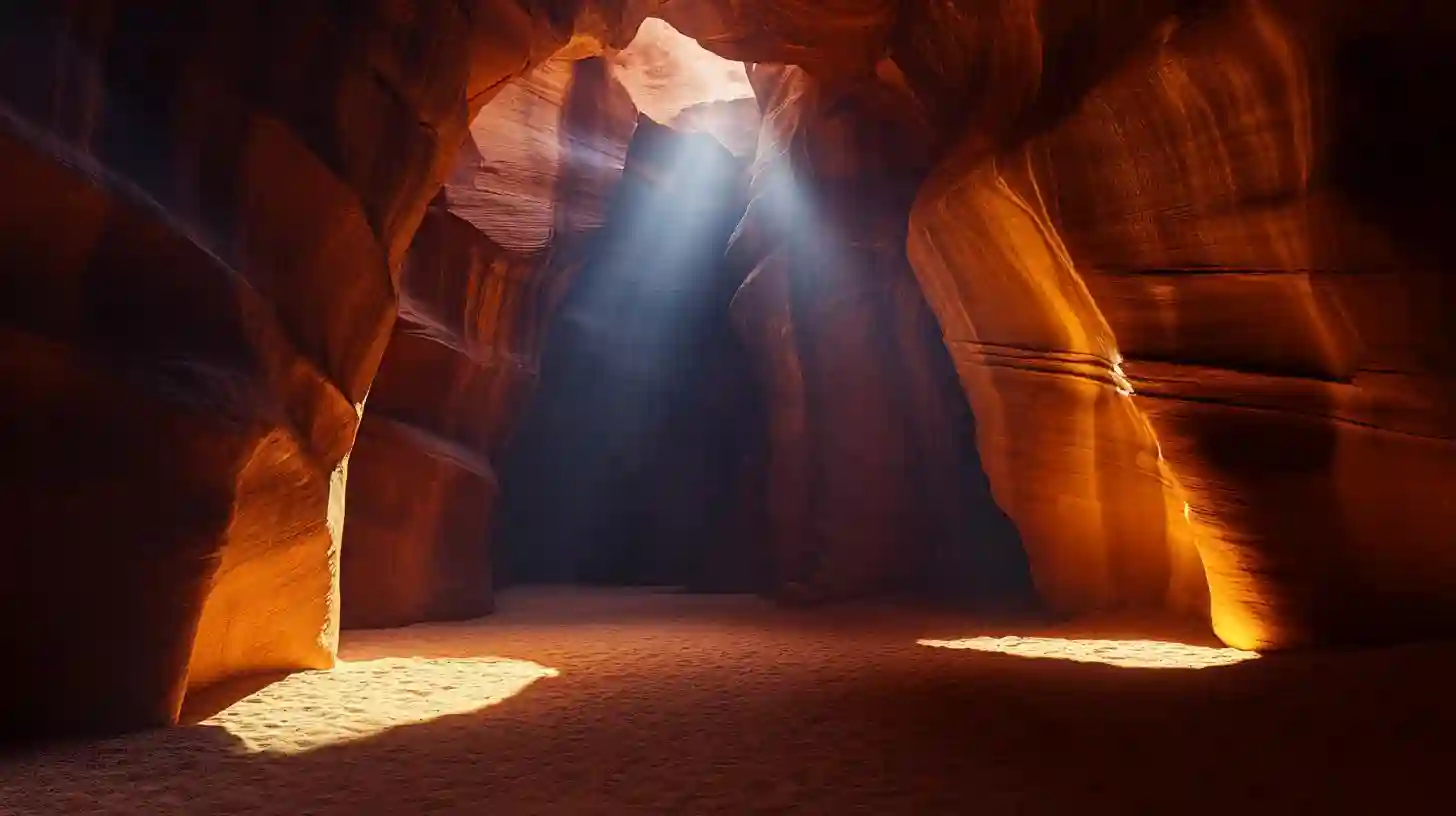
Antelope Canyon, located in the heart of the American Southwest, is one of nature's most extraordinary formations. This slot canyon near Page, Arizona, captivates the imagination with its vibrant colors, intricate shapes, and the dance of light filtering through its narrow openings. While its breathtaking beauty has made it a beloved destination among photographers and adventurers, there remain mysteries and stories that enhance the allure of Antelope Canyon, drawing visitors from all corners of the globe.
The origins of Antelope Canyon are a fascinating testament to the forces of nature. Over thousands of years, the landscape has been shaped by wind and water, as the Navajo sandstone has been eroded to create the stunning formations seen today. The canyon was carved out by flash floods that occasionally sweep through the area. During these intense storms, water rushes through the narrow passages, picking up sediment and slowly sculpting the rock into the smooth, flowing shapes that define the canyon. Each winding turn and vertical crevice carries a sense of ancient artistry, a dialogue between the elements and the earth itself.
The choice of visiting Antelope Canyon paves the way for an understanding of its spiritual significance to the Navajo people. The canyon is more than just a visual marvel; it holds deep cultural and historical importance. The Navajo refer to it as "Tsé bighánílíní," meaning "the place where water runs through rocks." Legends and stories told by indigenous tribes often speak of the sacredness of the land, imbuing the canyon with a sense of reverence that resonates with those who visit. For many, the beauty of Antelope Canyon is intertwined with a deeper appreciation of the traditions and histories of the Navajo culture.
Exploring Antelope Canyon reveals the captivating play of light and shadow that has earned the canyon its reputation as a photographer’s paradise. During certain times of the day, sunlight penetrates the narrow openings above, creating dramatic beams of light that illuminate the canyon walls. The interplay of light transforms the smooth rock surfaces into a canvas of rich oranges, reds, and browns, as natural pigments in the sandstone reflect the sunlight. Photographers flock to the canyon during these "light beams," often creating hauntingly beautiful images that echo the mystical qualities of the landscape. This phenomenon has sparked a global interest, leading people to travel long distances to witness and capture this surreal experience firsthand.
However, the beauty and accessibility of Antelope Canyon have led to challenges in preservation and management. Over the years, the increased influx of tourists has raised concerns about the impact on the delicate ecosystem and the natural features of the canyon. The Navajo Nation has taken steps to preserve this natural treasure by establishing guided tours, which both educate visitors and help mitigate the impact on the environment. Local guides, often with deep ties to the land, share insights into the geology, flora, and fauna while providing stories that reflect the profound connection the Navajo people maintain with the canyon.
Antelope Canyon is divided into two distinct sections, known as Upper Antelope Canyon and Lower Antelope Canyon. Upper Antelope Canyon, known for its accessibility and striking light beams, often teems with visitors. In contrast, Lower Antelope Canyon offers a slightly more challenging adventure with its winding pathways and ladders leading deeper into the heart of the canyon. Both sections highlight the stunning natural artistry that surrounds them, with unique views that leave an indelible mark on visitors. The choice between the two ultimately depends on an individual’s preferences and eagerness for exploration.
Standing within the walls of Antelope Canyon is an enlightening experience that transcends mere sightseeing. The canyon reveals a sense of hidden beauty, urging those who visit to pause and reflect on the stories etched into the stone. As the light shifts, the canyon transforms, becoming a living, breathing entity that captures the transient nature of time itself. The unique formations and colors serve as reminders of the earth's ability to shape landscapes, urging visitors to honor the natural wonders that might otherwise be taken for granted.
With its breathtaking beauty and cultural significance, Antelope Canyon offers much more than just a remarkable visual experience. It connects people to the ancient earth, reminding them of the delicate balance between nature and human appreciation. The journey into this natural marvel unveils not only the canyon's stunning features but also a deeper understanding of the powerful forces that have given life to this enchanting place. Whether it's the swirling patterns of sandstone or the sacred stories of the Navajo, Antelope Canyon remains a true testament to the wonders of our planet, forever inviting exploration and contemplation.